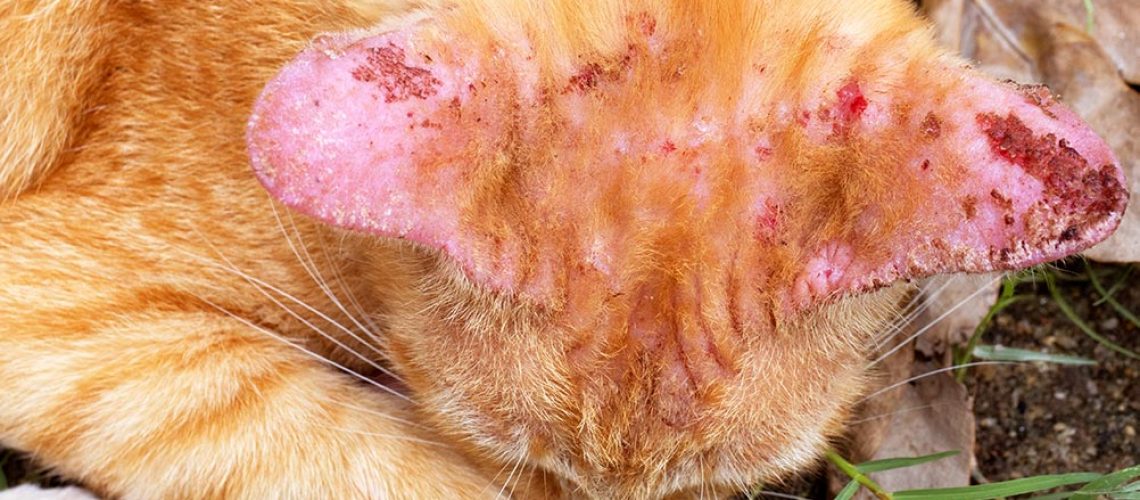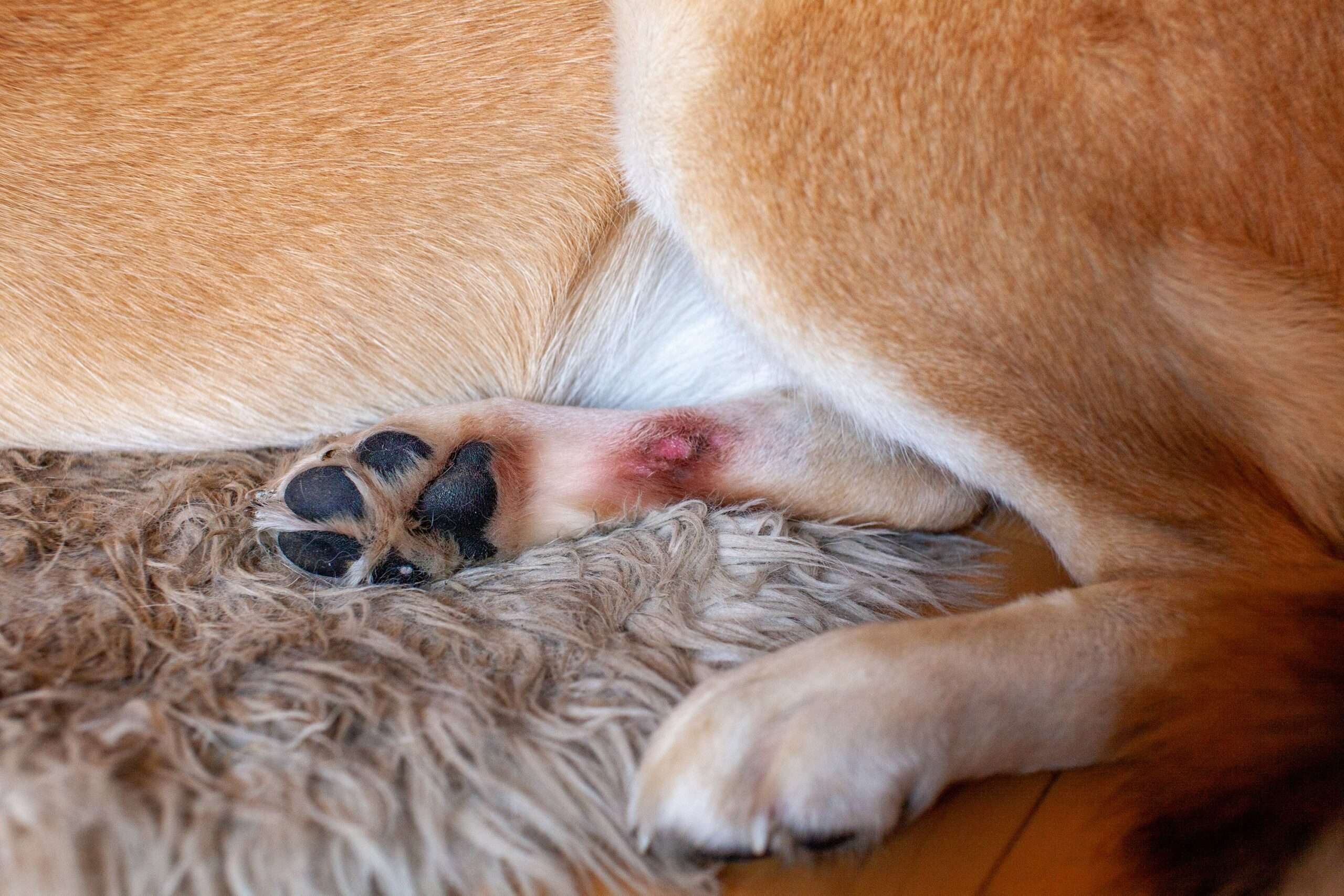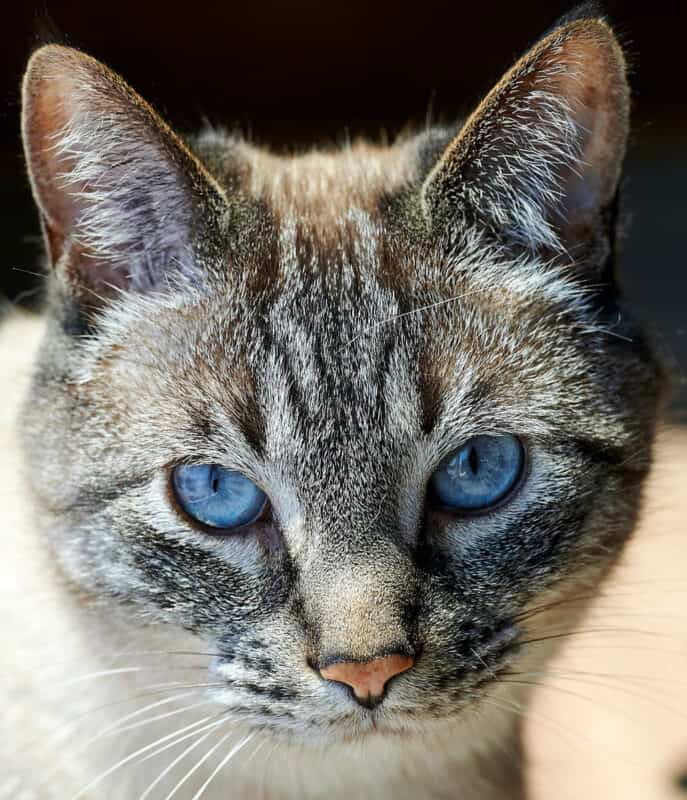Are you a cat lover? If so, then you know how important it is to keep your furry friend happy and healthy. But did you know that there's more to ringworm than just an itch for cats? Understanding this topic is essential because it can help you protect your beloved pet from the harmful effects of this common fungal infection. In fact, did you know that approximately 20% of all cats will be affected by ringworm at some point in their lives? That's a staggering statistic! So, if you want to learn how to keep your cat safe and sound, keep reading. By the end of this article, you'll have all the knowledge you need to ensure your feline friend stays itch-free and full of purrs.
Key Takeaways:
- Ringworm is a highly contagious fungal infection that can affect cats.
- It is important to recognize the symptoms of ringworm in cats, such as patchy hair loss and skin lesions.
- Treatment for ringworm in cats often involves antifungal medications and thorough cleaning of the environment.
- Ringworm can be transmitted from cats to humans, so it is crucial to take precautions when handling an infected cat.
- Regular grooming and hygiene practices can help prevent the spread of ringworm in cats and minimize the risk of infection.
What is Ringworm and Why is it More Than Just an Itch for Cats?
Ringworm is a common fungal infection that affects the skin, hair, and nails of cats. Despite its name, ringworm is not caused by worms but by microscopic fungi called dermatophytes. These fungi thrive in warm and humid environments, making them particularly prevalent in places where cats live closely together, such as shelters or multi-cat households.
Ringworm can be more than just an itch for cats because it can cause a variety of symptoms that can make them uncomfortable. Infected cats may develop circular patches of hair loss with redness and scaling on their skin. The affected areas may also become itchy and inflamed, leading to excessive scratching or licking. In severe cases, the infection can spread throughout the body, causing widespread hair loss and even systemic illness.
The Importance of Treating Ringworm in Cats
Treating ringworm in cats is crucial not only for their comfort but also to prevent the spread of the infection to other animals or humans. While ringworm is not usually life-threatening, it can be highly contagious. If left untreated, infected cats can transmit the fungus to other pets or people they come into contact with.
In humans, ringworm typically appears as red, scaly patches on the skin that may be itchy or painful. Children and individuals with weakened immune systems are particularly susceptible to contracting ringworm from infected cats. Therefore, prompt treatment is essential to protect both feline companions and human family members from this fungal infection.
How Cats Get Infected with Ringworm
Cats can become infected with ringworm through direct contact with an infected animal or by coming into contact with contaminated objects such as bedding, grooming tools, or furniture. The spores of the dermatophyte fungi can survive in the environment for months, making it easy for cats to pick up the infection even without direct contact with an infected animal.
Young kittens, elderly cats, or those with compromised immune systems are more susceptible to ringworm. Additionally, cats living in crowded or stressful environments are at a higher risk of contracting the infection. Regular grooming and close quarters provide ample opportunities for the fungus to spread among feline companions.
Preventing Ringworm in Cats
To prevent ringworm in cats, it is important to maintain good hygiene and cleanliness in their living environment. Here are some tips to help reduce the risk of infection:
- Regularly clean and disinfect bedding, toys, and grooming tools.
- Vacuum carpets and upholstery regularly to remove any spores that may be present.
- Isolate any newly acquired cats until they have been thoroughly examined by a veterinarian for signs of ringworm.
- Keep your cat's living area clean and well-ventilated.
- If you suspect your cat has ringworm or has been exposed to an infected animal, consult a veterinarian for proper diagnosis and treatment.
Common Symptoms of Ringworm in Cats
The symptoms of ringworm in cats can vary depending on the severity of the infection. Some common signs to look out for include:
- Circular patches of hair loss with redness and scaling on the skin
- Inflamed or crusted skin lesions
- Itching or scratching excessively
- Bald patches on the head, ears, tail, or paws
- Brittle or broken hairs in the affected areas
- Thickened or discolored nails
If you notice any of these symptoms in your cat, it is important to consult a veterinarian for a proper diagnosis. While ringworm is a common cause of these skin abnormalities, other conditions can also present similar symptoms, so it's essential to rule out other potential causes.
How Veterinarians Diagnose Ringworm in Cats
Diagnosing ringworm in cats typically involves a combination of physical examination, microscopic evaluation, and fungal culture. During the physical examination, the veterinarian will closely examine your cat's skin and hair for characteristic signs of ringworm, such as circular lesions or scaling.
To confirm the diagnosis, the veterinarian may perform a microscopic examination called a Wood's lamp test. This test involves shining an ultraviolet light on the affected areas to check for fluorescence, which can indicate the presence of certain types of ringworm fungi.
In some cases, a fungal culture may be necessary to identify the specific type of fungus causing the infection. This involves collecting samples from the affected areas and sending them to a laboratory for analysis. The results of these tests will help determine the most appropriate treatment plan for your cat.
Treatment Options for Ringworm in Cats
The treatment of ringworm in cats typically involves a combination of topical antifungal medications and systemic therapy. Topical treatments may include medicated shampoos or creams that need to be applied directly to the affected areas. Systemic therapy often consists of oral antifungal medications that help eliminate the infection from within.
In addition to medication, environmental decontamination is crucial to prevent reinfection and spread of spores. This may involve thoroughly cleaning and disinfecting your cat's living area, as well as washing any bedding or grooming tools that may have come into contact with the fungus.
It is important to follow your veterinarian's instructions carefully and complete the full course of treatment to ensure effective eradication of the infection. Regular rechecks and follow-up examinations may be necessary to monitor your cat's progress and ensure that the ringworm has been successfully treated.
Can Humans Catch Ringworm from Infected Cats? Prevention Tips
Yes, humans can catch ringworm from infected cats. The fungal spores responsible for causing ringworm can easily transfer from cats to humans through direct contact or by touching contaminated objects. Children, elderly individuals, and those with weakened immune systems are particularly susceptible to contracting ringworm.
To prevent the transmission of ringworm from infected cats to humans, it is important to take certain precautions:
- Avoid direct contact with an infected cat's lesions or areas of hair loss.
- Wash hands thoroughly after handling an infected cat or any potentially contaminated items.
- Avoid sharing personal items such as towels or bedding with an infected cat.
- If you develop any skin abnormalities or suspect you may have been exposed to ringworm, seek medical attention promptly.
By following these prevention tips and practicing good hygiene, the risk of contracting ringworm from an infected cat can be significantly reduced.
Recovery Time for Cats with Proper Treatment for Ringworm
The recovery time for cats with proper treatment for ringworm can vary depending on the severity of the infection and how early it was diagnosed. With prompt and appropriate treatment, most cats will start showing improvement within a few weeks. However, complete resolution of the infection may take several months.
It is important to continue the prescribed treatment until the veterinarian confirms that the infection has been completely eradicated. Even if the visible signs of ringworm disappear, there may still be underlying fungal spores present that can cause a recurrence if not properly eliminated.
Regular rechecks and follow-up examinations will help monitor your cat's progress and ensure that the treatment is effective. During this time, it is essential to maintain good hygiene practices and follow any additional recommendations provided by your veterinarian to prevent reinfection or spread of the fungus.
Recovery Time for Cats with Proper Treatment for Ringworm
Understanding Ringworm in Cats
Ringworm is a common fungal infection that can affect cats. Despite its name, it is not caused by worms but rather by a group of fungi called dermatophytes. These fungi thrive in warm and humid environments, making cats particularly susceptible to infection. When a cat contracts ringworm, it often develops circular patches of hair loss with scaly or crusty skin. It can be quite uncomfortable for the cat and may cause itching or irritation.
Diagnosing and Treating Ringworm
If you suspect your cat has ringworm, it is crucial to seek veterinary care for an accurate diagnosis and proper treatment. The veterinarian will perform various tests, such as a fungal culture or microscopic examination of the affected area, to confirm the presence of ringworm. Once diagnosed, treatment typically involves a combination of oral medication and topical antifungal creams or shampoos.
To ensure successful recovery, it is essential to follow the treatment plan prescribed by the veterinarian diligently. This may include administering medications as instructed and regularly bathing the cat with antifungal shampoo. Additionally, it is crucial to maintain good hygiene practices by thoroughly cleaning the cat's bedding, toys, and any other items that may have come into contact with the fungus.
The Recovery Process
The recovery time for cats with ringworm can vary depending on several factors such as the severity of the infection and how well they respond to treatment. On average, most cats start showing improvement within two to four weeks of starting treatment. However, complete recovery may take anywhere from one to three months.
During this time, it is important to monitor your cat's progress closely. Keep an eye on their skin lesions and hair regrowth patterns. If you notice any worsening symptoms or if there is no improvement after a few weeks, it is crucial to consult with the veterinarian for further evaluation and potential adjustments to the treatment plan.
In conclusion, with proper treatment and care, cats can recover from ringworm within a few weeks to a few months. It is vital to work closely with your veterinarian, follow their instructions diligently, and maintain good hygiene practices to ensure the best possible outcome for your furry friend. Remember, early detection and prompt treatment are key in helping your cat overcome this fungal infection.
In conclusion, ringworm is not just a simple itch for cats. It is a contagious fungal infection that can cause discomfort and even spread to humans. It is important to seek proper treatment and take preventive measures to keep our furry friends and ourselves safe from this condition.
Is ringworm in cats always itchy?
Typically, you will find lesions on your cat's head, chest, front legs, and spine. These lesions are initially not itchy but can become itchy if there is significant scaling or bacterial infection. Occasionally, the nails may also be infected, resulting in roughness and a scaly base.
What can be mistaken for ringworm in cats?
On the other hand, ringworm can appear quite similar to various other skin conditions in cats, such as certain symptoms of flea allergy dermatitis and can show up as symmetric hair loss or even feline acne. (Date: Aug 20, 2018)
What does severe ringworm look like on a cat?
The most prominent and frequently observed clinical indications of feline ringworm are as follows: round patches of hair loss, rough and stubbly hair, flaky or crusty skin, changes in hair or skin pigmentation, irritated areas of skin, excessive grooming and scratching, infected claws or nail beds, and presence of dandruff.
Does ringworm itch a lot?
Ringworm can cause skin infections on various parts of the body, including the nails. The symptoms of ringworm can vary depending on the affected area, but typically include itchy skin and a rash in the shape of a ring.
Should I not touch my cat with ringworm?
Humans can become infected with ringworm by coming into contact with an animal that has ringworm. Ringworm can be transmitted through activities such as petting or grooming cats or dogs with ringworm. Additionally, ringworm can be contracted from cows, goats, pigs, and horses.
What looks like ringworm but not itchy?
Granuloma, a condition that resembles ringworm, does not cause itching or scaling. The circular patches can range in size from 1/4 inch to 2 inches in diameter. The exact cause of granuloma annulare is unknown, but it is not infectious or contagious.

















